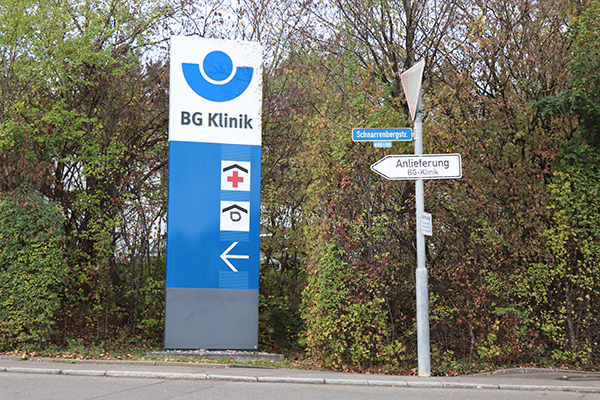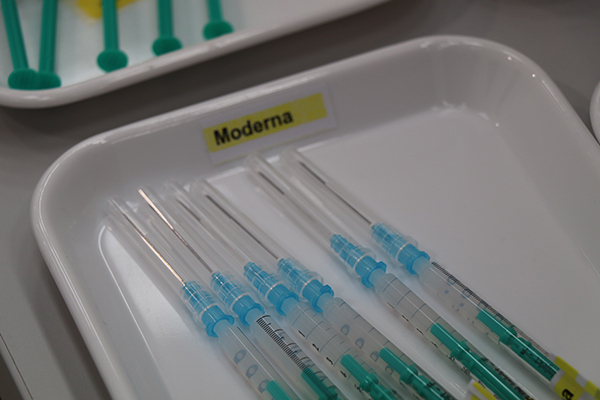Correct ventilation reduces the risk of being infected by the coronavirus. This is clear through the recommendations of the Federal Environmental Agency for schools and all inside spaces. Aerosols are tiny solid and liquid particles suspended in the air. They are a common path of transmission for the coronavirus. Aerosols spread faster in closed off interiors. Consequently, the Federal Environmental Agency recommends to get as much fresh air into inside spaces as possible – additionally to keeping the minimum required distance and wearing a protection over mouth and nose.
For fresh air, a cross ventilation is ideal. A draft through wide open windows on opposite sides quickly changes the air in the room with fresh air. A brief but intensive airing out of the room through a widely opened window is also effective. An immediate brief airing out of the room is necessary if a person coughs or sneezes. In comparison, the tilting of a window is barely effective, even if it is done for a long period of time.
If there are a lot of people in the room, for example during a family visit, the room should be ventilated throughout the entire time. Rooms where people are exercising together also have to be ventilated thoroughly – at least five times in an hour. This is necessary, as the breathing rate is noticeably higher during even light activities, which leads to more aerosols in the room.
All recommendations:
https://www.umweltbundesamt.de/sites/default/files/medien/2546/dokumente/irk_stellungnahme_lueften_sars-cov-2_0.pdf
More about aerosols (click on FAQ):
https://www.umweltbundesamt.de/presse/pressemitteilungen/richtiges-lueften-reduziert-risiko-der-sars-cov-2
tun082502
Impressionen zum Leben in Zeiten der Corona-Pandemie: Foto: tünews INTERNATIONAL; Mostafa Elyasian, 01.09.2020



